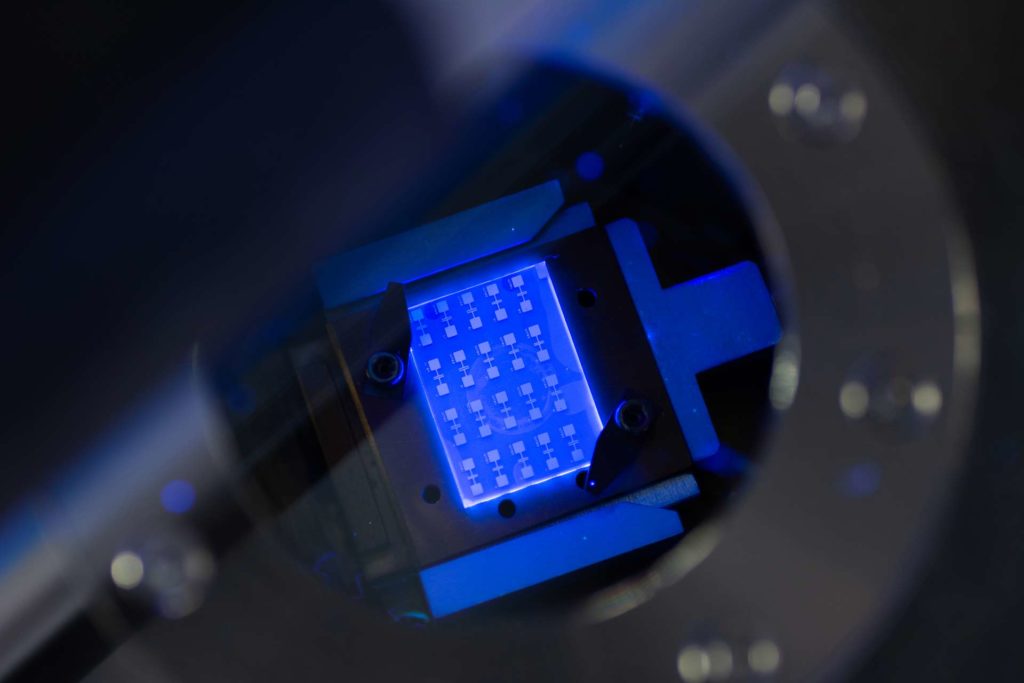Strongly-Correlated and Open-Shell Organic Materials

This program is developing the fundamental chemistry of charge neutral π-conjugated macromolecular chemistries with tunable open-shell electronic configurations.
These materials exhibit weaker intramolecular electron-electron pairing than their closed shell counterparts, which imparts distinct optical, electronic, spin, transient, and magnetic properties.
In extended electronically delocalized systems, such as graphene and polyradicals such as zigzag edge graphene nanoribbons, remarkable properties develop as a result of the collective properties of π-electrons and long range electronic, structural, magnetic, excited, and quantum states emerge.
Approaches to access and tune large π-systems with correlated ground states are necessary to advance our fundamental understanding of the relationship between molecular structure, electronic topology, and the achievable collective properties of complex materials systems; however, there are currently no design paradigms by which to achieve this level of control.
Our approach capitalizes on new technology, which affords systematic and precise control of the properties of conjugated polymers at very narrow band gaps. Narrow band gaps afforded through extended conjugation are intimately related to the coexistence of nearly degenerate states, which can be tuned through synthetic design. In contrast to conventional approaches, extended electronic character, band gap control at low energies, and the molecular size of polymers affords new design elements by which to access, stabilize, and tune these electronic configurations.

This project represents a transformative departure by making use of the long-range collective properties of conjugated π-electrons as a design paradigm to access new electronic structures.
The discontinuity in the structure and dynamics of these materials is a manifestation of increasing electron correlations and, similar to their inorganic counterparts, leads to new emergent properties.
Furthermore, these materials are multiscale in their characteristic energy, length, and time scales and fundamental excitations span the ultraviolet-visible-IR (intra- and intermolecular excited state transitions) and microwave (between different spin states).
The combination of these unique aspects: modularity, novel physics, and easy manipulation are enabling new optoelectronic and device functionalities that cannot be realized with current semiconductor technologies.


